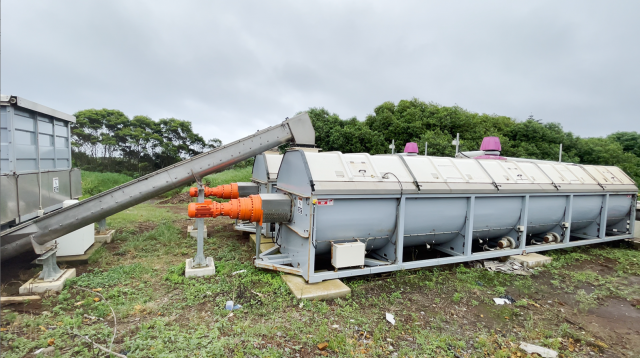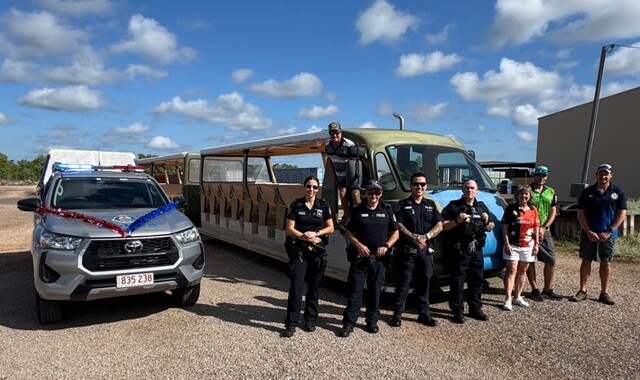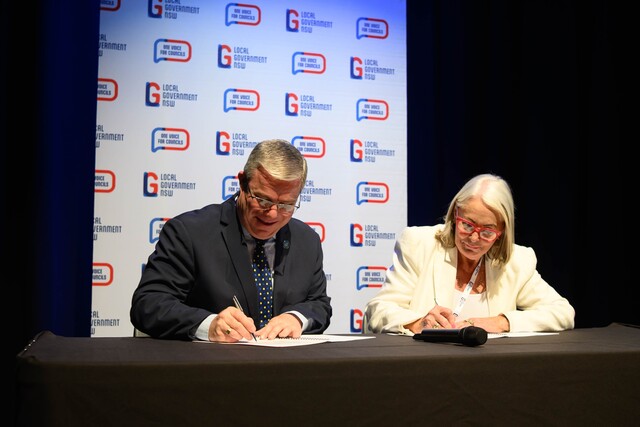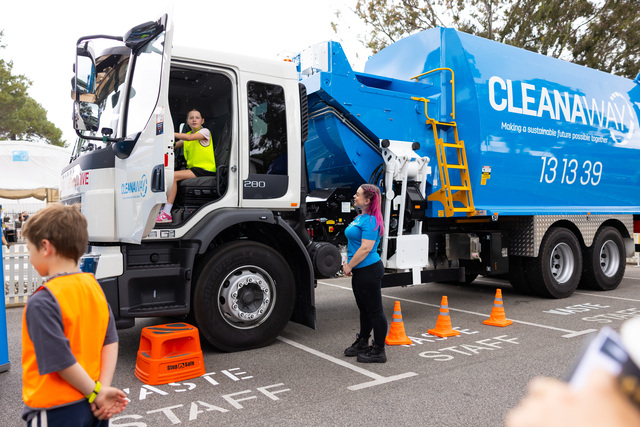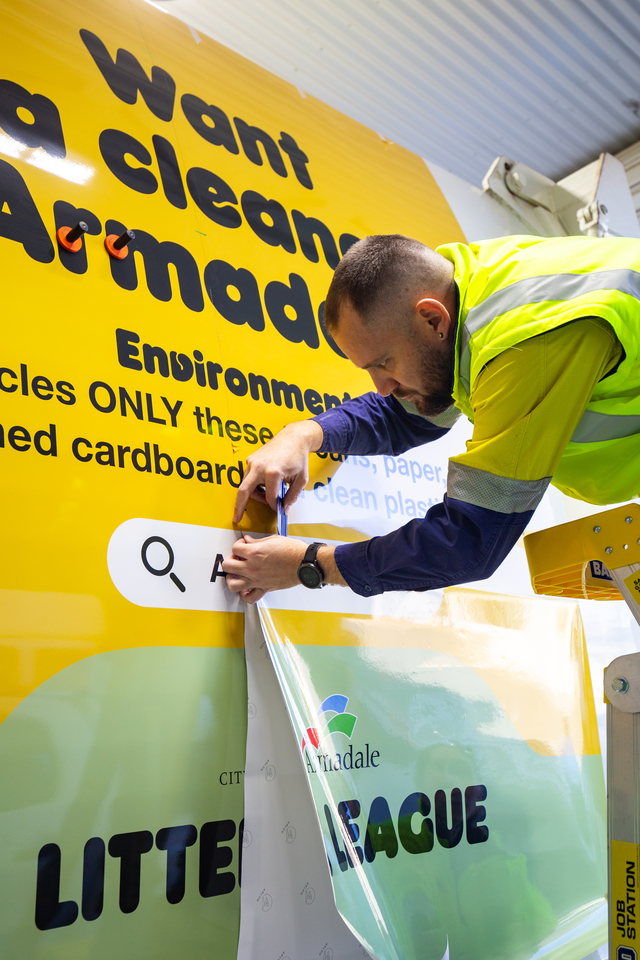The remote location of Norfolk Island does not allow for access to standard waste disposal and recycling facilities. The small size of the island, and the reliance on groundwater, means that landfill is not a feasible option, and the cost of managing waste is significant when compared to the Australian mainland.
Most fresh produce available on the Island is grown locally, which results in less transport and packaging and therefore less waste. However, recent times have seen a heavy reliance on internet shopping for basic supplies. This is mainly driven by the cost of supplies and availability due to limited freight ships. This has significantly increased the volume of packaging that is received at the Norfolk Island Regional Council (NIRC) Waste Management Centre (WMC).
There is no waste collection service on the Island so residents and businesses are responsible for delivering their sorted waste to the WMC, where it is further sorted and where possible, processed on Island.
To deal with the organic waste streams generated on Island, a ‘HotRot’ (pictured) commercial composting system was installed in early 2020. It now manages all the organic waste streams on Norfolk Island, including 90% of butcher’s waste, animal carcasses, and food scraps, with the remaining 10% consisting of cardboard, paper, green waste and untreated timber.
The ‘HotRot’ runs 24 hours a day, seven days a week processing waste in a fully sealed cylindrical system that eliminates methane gas. After a six-week cycle, organic waste is turned into nutrient rich compost and sold back to the community or used in Council parks and gardens, promoting a circular economy.
NIRC is constantly evolving its waste management practices. Due to the significant costs for exporting waste from Island – around $1,400 per tonne for air freight alone – opportunities to reuse and process waste streams on Island, to create products and materials, will be initiated in the coming months. Not only will this supply vital resources to the local economy, such as glass and aggregate, but it is also hoped that Norfolk Island will be the benchmark for waste management in remote communities. This is just one of the ways NIRC is using sustainable practices to create liveable communities for the future.

